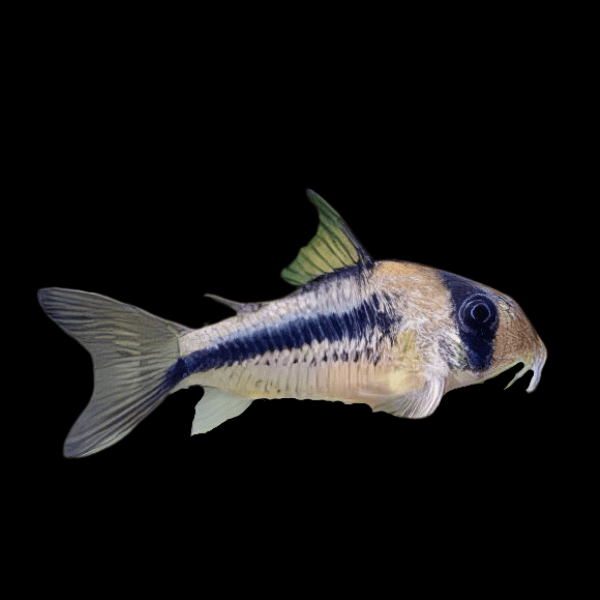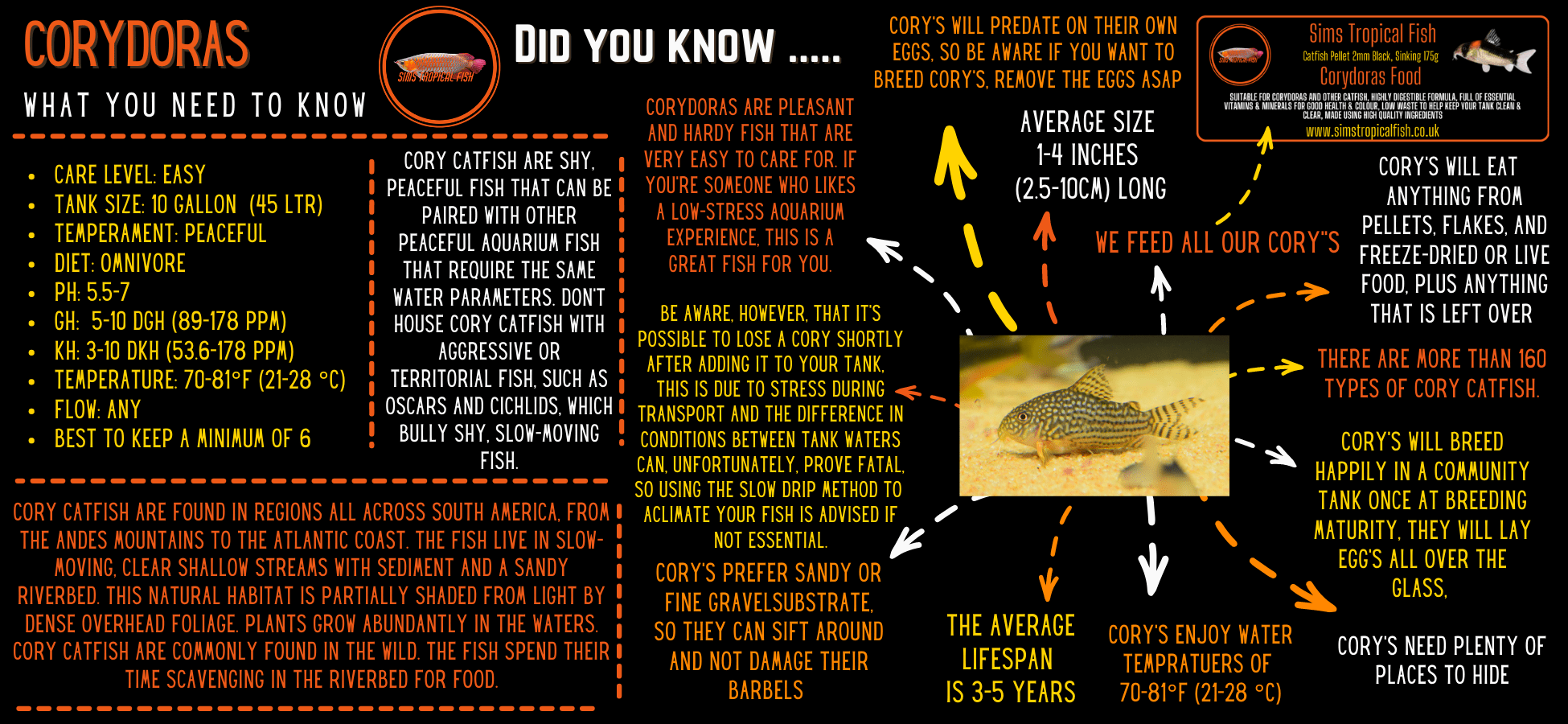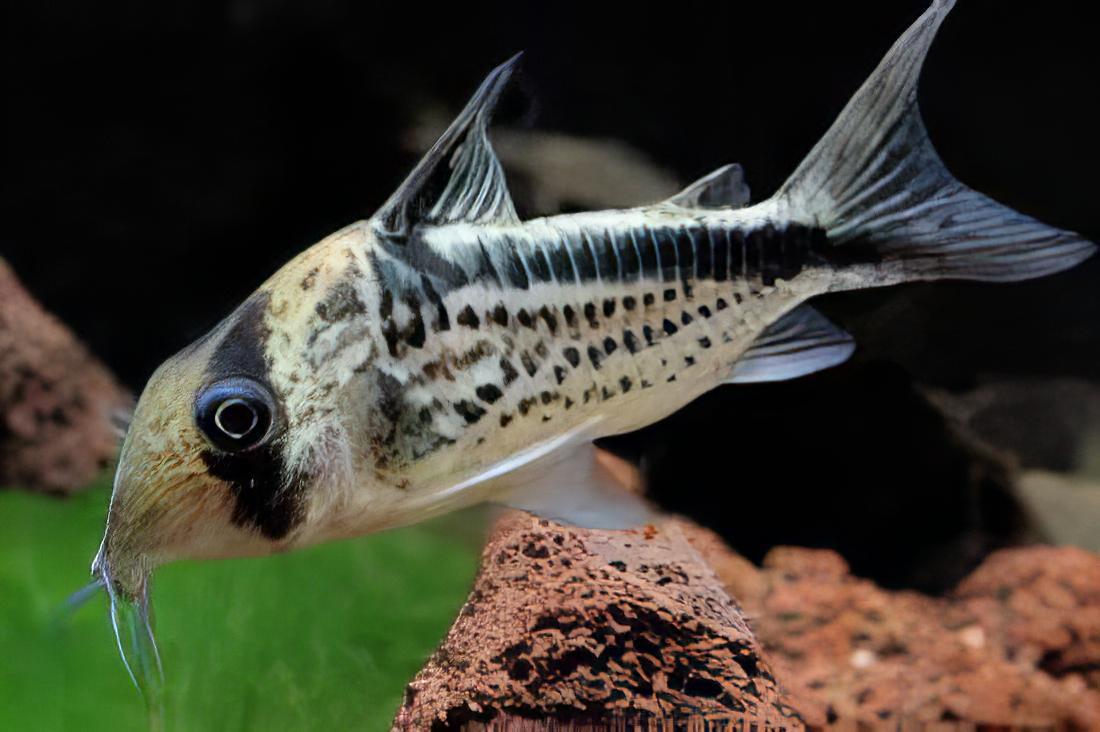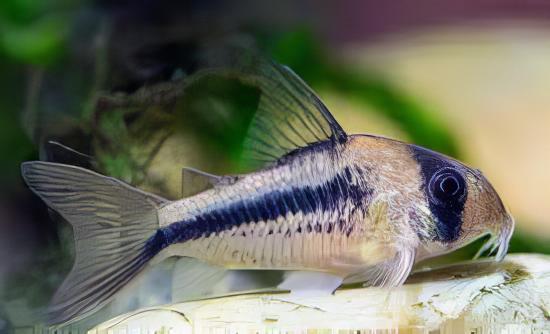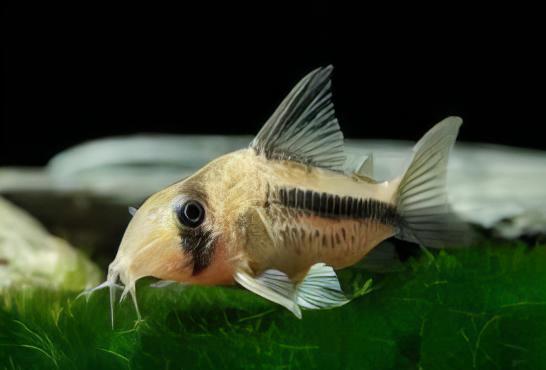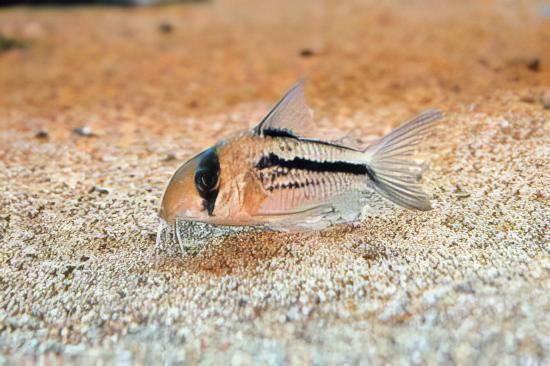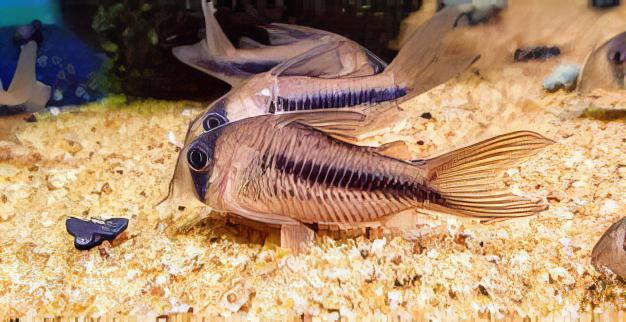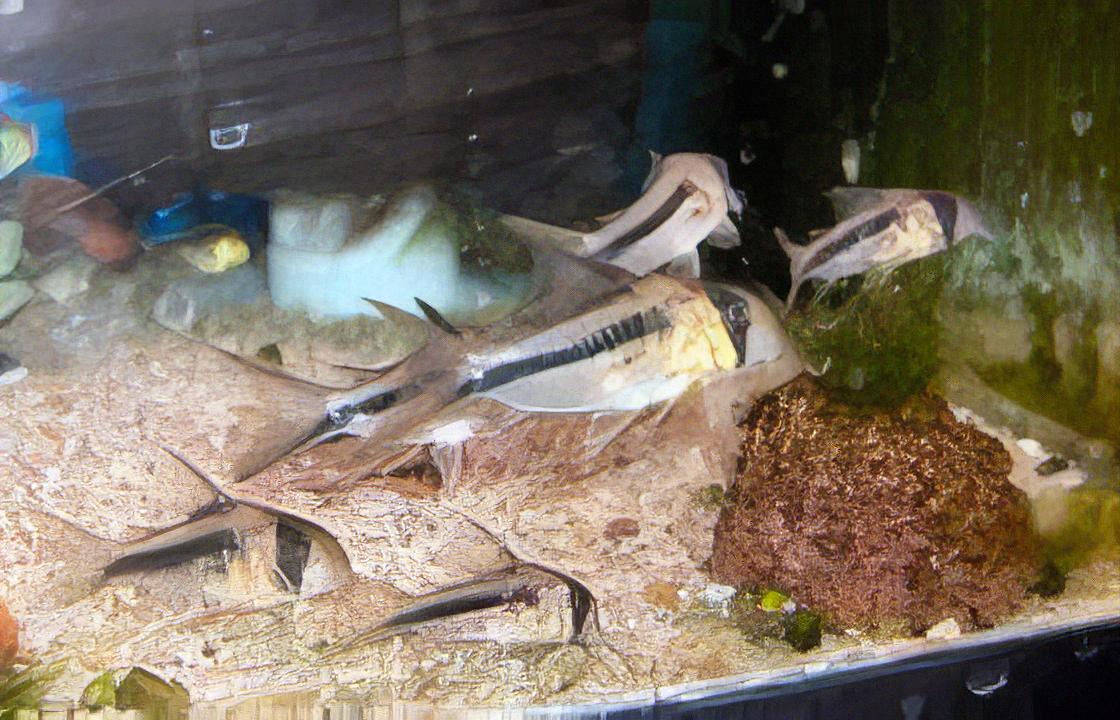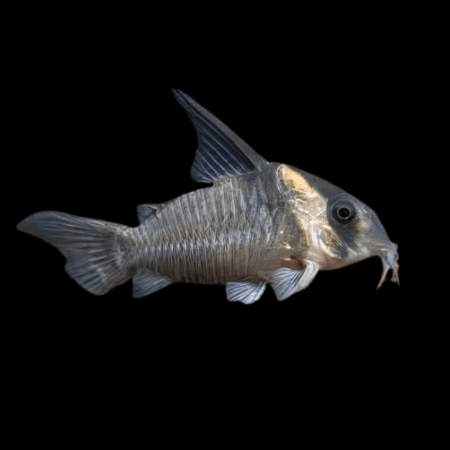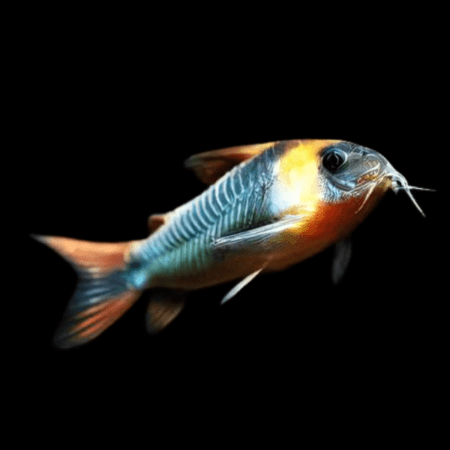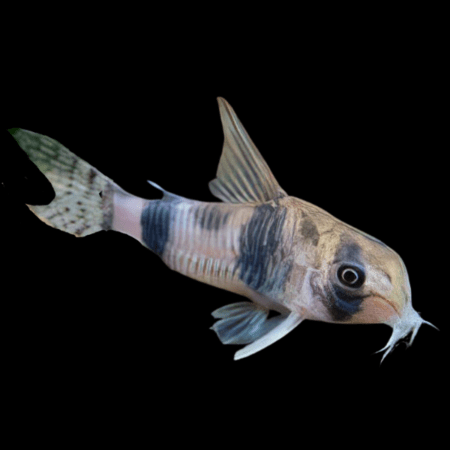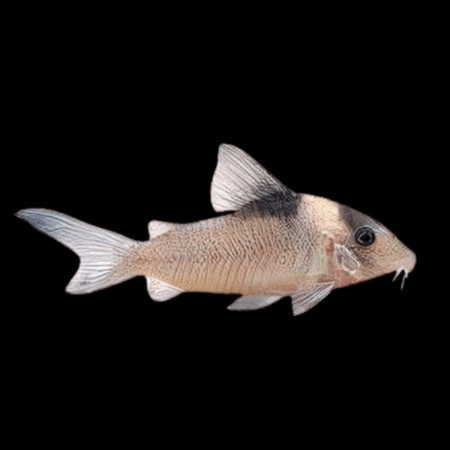Description
Axelrods Corydoras Axelrodi Catfish
Overview
Distribution: Colombia
Maximum Size: 5cm (2″)
Temperature: 22-26°C
Water Parameters: Soft and acidic. pH: 5.5-7.2, dH: up to 12 degrees.
Compatibility: Community
Lighting: No special requirements
Sexual Dimorphism: Mature females are larger and appear fuller when viewed from above.
Care
Axelrod’s Cory is a small, peaceful, bottom-dwelling catfish that is ideal for mature, softwater community aquaria. Gregarious by nature, these catfish should be kept in groups of 5 or more; this will not only create a beautiful display, but it will give these sociable, shoaling fish much more confidence to venture out into the open. Unfortunately, Axelrod’s Corydoras tend to be quite prone to barbel infections/erosion, so it is vitally important that the fish are kept on a soft sand substrate (rather than gravel where waste can build up unseen) in order to protect these delicate sensory organs. Regular maintenance, including frequent partial water changes, should be carried out in order to keep these fish in good condition. Provide some shady retreats amongst bogwood and areas of dense planting, and keep only with small, peaceable tankmates, such as some of the smaller sized characins/cyprinids/anabantoids or dwarf cichlids. Corydoras have the ability to breathe air intestinally, so a small gap should be left between the surface of the water and the cover slides in order for the fish to come up to the surface and take air in. It may do this numerous times per day. May also be seen on sale as Pink Corydoras.
Feeding
Sinking catfish pellets, frozen foods such as bloodworm, white mosquito larvae and vitamin-enriched brineshrimp.
Breeding
Mature pairs can be triggered into spawning by performing a large, slightly cooler water change. The pair will adopt the classic “˜T position” where the male fertilises the eggs that are held between the female”™s pelvic fins. The adhesive eggs will then be deposited onto plants, decor, or the sides of the aquarium etc and the process repeated. The eggs generally take 3-4 days to hatch after which time the tiny fry should be offered finely powdered first foods. A few days later they will be able to take newly hatched brineshrimp. To avoid predation and ensure a higher success rate, many fish keepers move the parents to another aquarium after the eggs have all been deposited.
